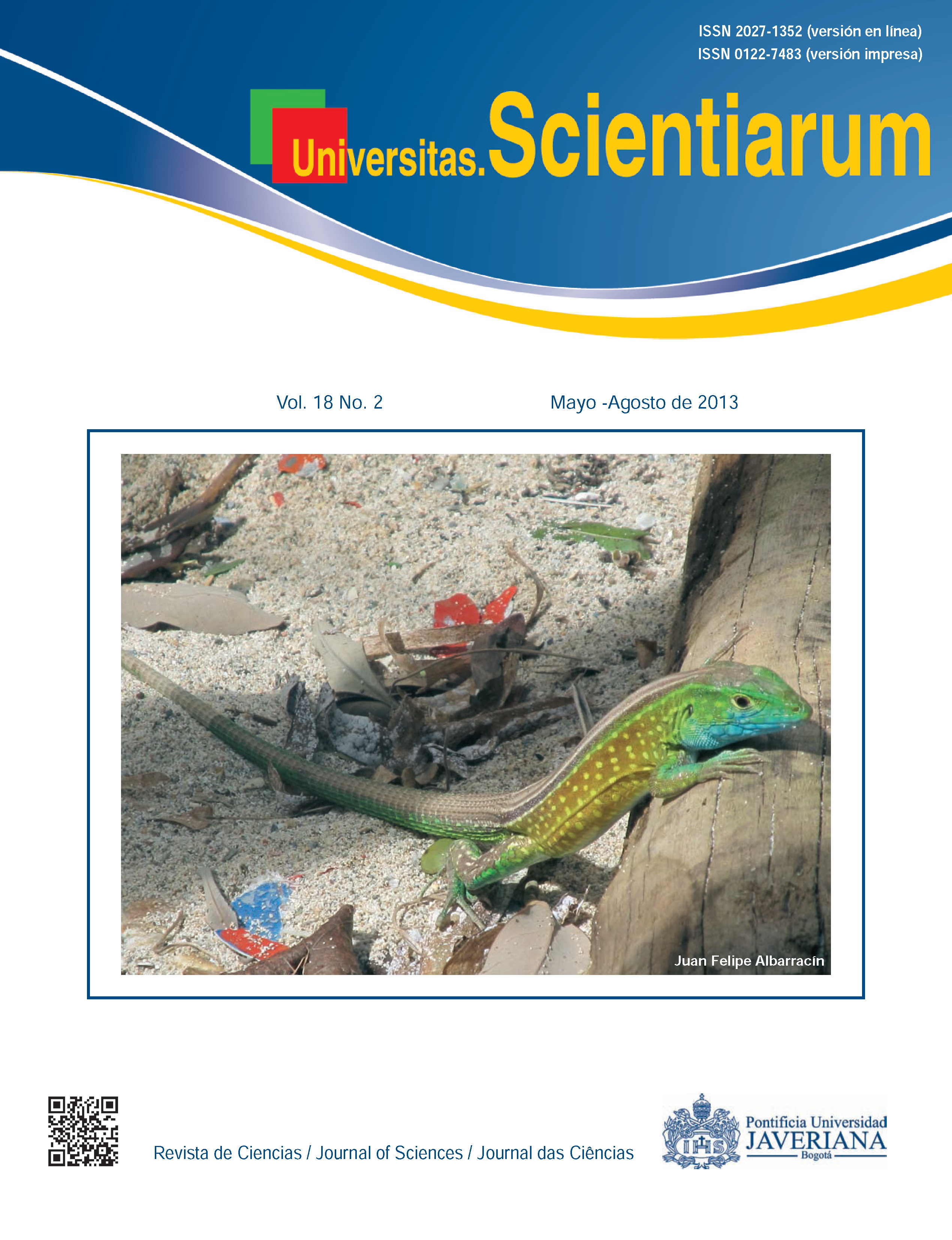Abstract
Because the use of bacteria for biotechnological processes requires maintaining their viability and genetic stability, preserving them becomes essential. Here, we evaluated three preservation methods for A. chroococcum C26 and A. vinelandii C27; preservation methods: cryopreservation and immobilization in dry polymers for 60 days, and freeze-drying for 30. We evaluated their efficiency by counting viable cells and measuring nitrogen fixation activity. Additionally, we assessed the effect of three protective agents for freeze-drying, three for cryopreservation, and four polymers. Freeze-drying proved the best technique to maintain viability and activity, followed by immobilization and cryopreservation. Bacterial nitrogen fixing ability remained unchanged using the freeze-drying method, and bacterial survival exceeded 80%; S/BSA was the best protective agent. Immobilization maintained bacterial survival over 80%, but nitrogen fixation was decreased by 20%. Lastly, cryopreservation resulted in a dramatic loss of viability for C26 (BSR approx. 70%), whereas C27 was well preserved. Nitrogen fixation for both strains decreased regardless of the cryoprotective agent used (P < 0.05). In conclusion, the success of Azotobacter preservation methods depend on the technique, the protective agent, and the strain used. Our results also indicated that freeze-
drying using S/BSA is the best technique to preserve bacteria of this genus.
Univ. Sci. is registered under a Creative Commons Attribution 4.0 International Public License. Thus, this work may be reproduced, distributed, and publicly shared in digital format, as long as the names of the authors and Pontificia Universidad Javeriana are acknowledged. Others are allowed to quote, adapt, transform, auto-archive, republish, and create based on this material, for any purpose (even commercial ones), provided the authorship is duly acknowledged, a link to the original work is provided, and it is specified if changes have been made. Pontificia Universidad Javeriana does not hold the rights of published works and the authors are solely responsible for the contents of their works; they keep the moral, intellectual, privacy, and publicity rights. Approving the intervention of the work (review, copy-editing, translation, layout) and the following outreach, are granted through an use license and not through an assignment of rights. This means the journal and Pontificia Universidad Javeriana cannot be held responsible for any ethical malpractice by the authors. As a consequence of the protection granted by the use license, the journal is not required to publish recantations or modify information already published, unless the errata stems from the editorial management process. Publishing contents in this journal does not generate royalties for contributors.



